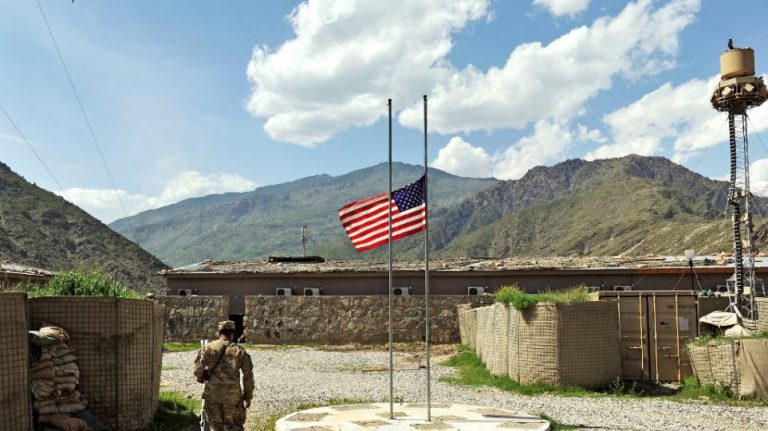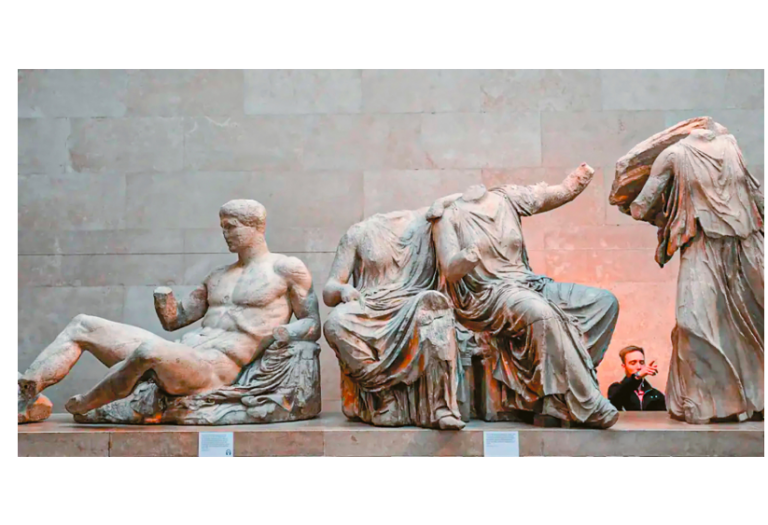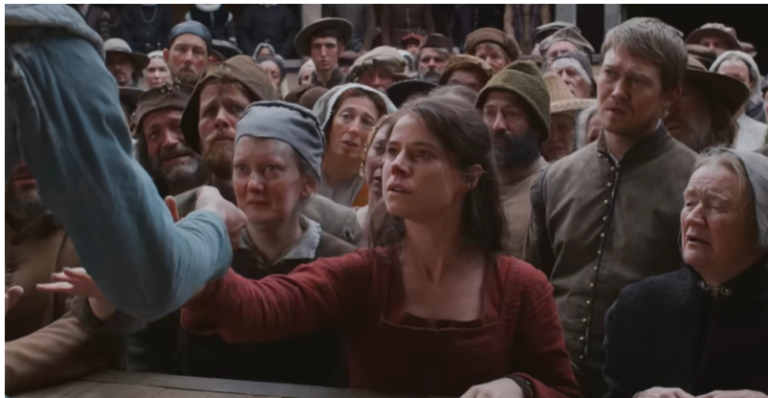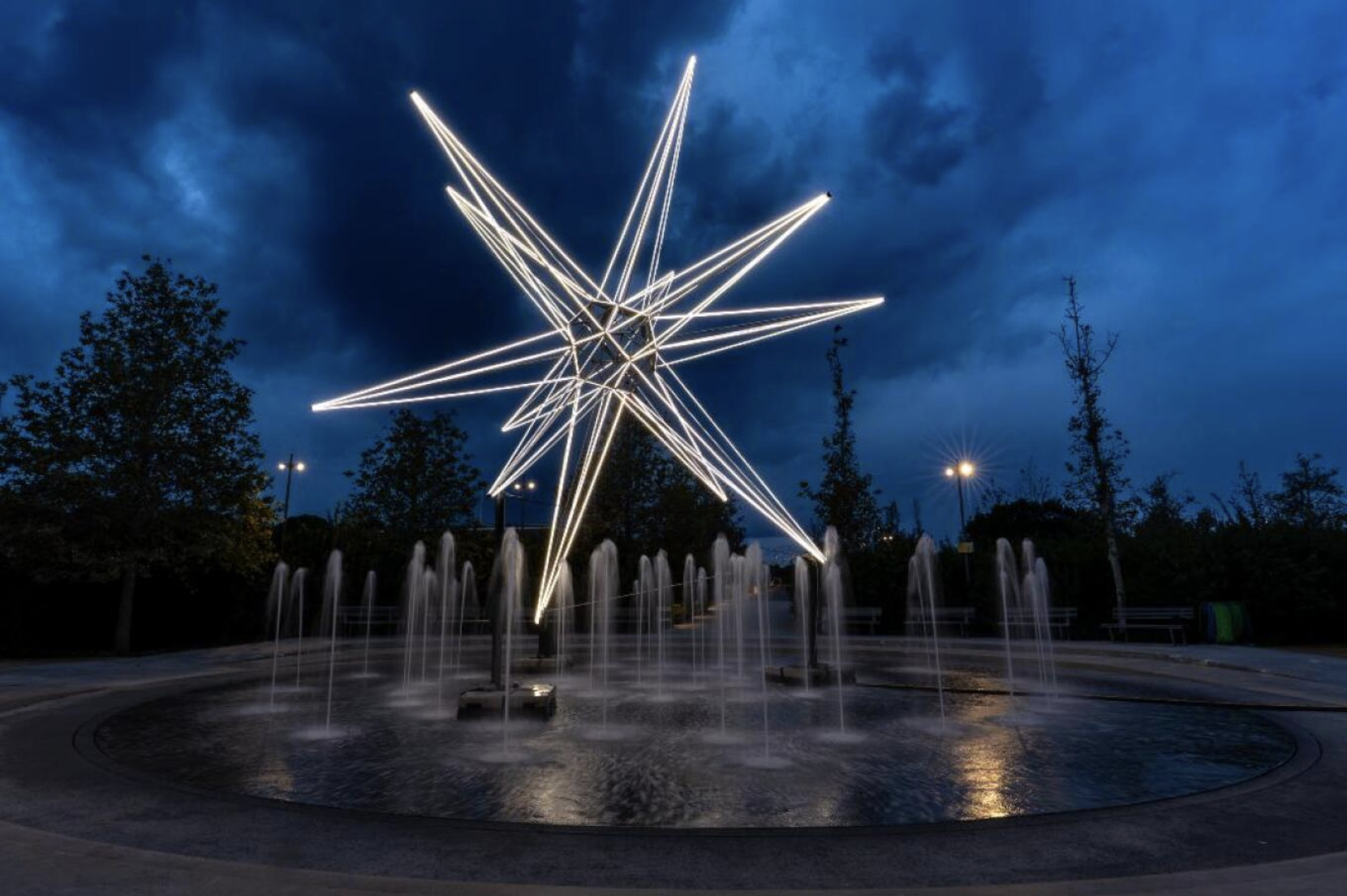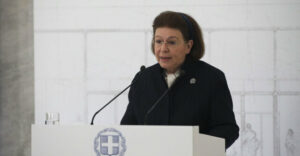The story of how the U.S. learned that Khalid Sheikh Mohammed was the architect of the attacks of Sept. 11, 2001 is one of tenacity, guile, and no small measure of serendipity. “We Forrest Gumped ourselves into it,” former FBI agent Ali Soufan, the Bureau member who first discovered the connection in 2002, told TIME on Sept 3.
The admission of accidental good fortune is a strikingly self-effacing assessment from an agent who was at the forefront of the FBI’s investigations into jihadist activity in the 9/11 period. Soufan’s colleagues referred to him as “an American hero” because of his prowess at soliciting intelligence from detainees—eschewing the torture and humiliation that become mainstays of CIA interrogation.
The anecdote about Mohammed was supposed to appear in Soufan’s award-winning 2011 book, The Black Banners: The Inside Story of 9/11 and the War Against al-Qaeda. But along with reams of other material, CIA censors redacted sections of the story on national security grounds. The publication of a declassified version on Sept. 8, according to Soufan, marks the first time ever a book by a U.S. intelligence official has been censored and then had that censorship lifted. “It’s a milestone for freedom of information and transparency,” says Soufan, who today heads the New York-based security consultancy The Soufan Group, and The Soufan Center, a non-profit think tank. “Now we know the truth about a very hard time in the world and America”.
One way the Kurdish insurgency could lead to the collapse of Turkey
Soufan’s chance discovery of Mohammed’s role in 9/11 came in March 2002 when he was interrogating a Saudi Arabia-born terrorist named Abu Zubaydah, America’s first high-value detainee since the attack. Zubaydah had been captured after a gunfight in Pakistan and the CIA flew him to an undisclosed country—where Soufan and his FBI partner were asked to conduct an interrogation. During questioning, Soufan asked Zubaydah to confirm the identity of a jihadi who had been indicted in connection with the 1998 bombings of the U.S. Embassies in East Africa. But instead of the picture he’d meant to show, Soufan accidentally displayed another photograph on his colleague’s Palm Pilot-like device: that of Mohammed, also known as “KSM,”who featured on the same FBI Most Wanted List. Zubaydah identified Mohammed using a pseudonym Soufan had heard before in reference to a hitherto unknown associate of Osama Bin Laden.
Read more: Time
Ask me anything
Explore related questions
